On May 30, China unveiled a groundbreaking artificial intelligence (AI) technology capable of distinguishing real nuclear warheads from decoys without direct access or revealing the weapons' secret designs. This is the world's first system to achieve this capability, developed by the China Atomic Energy Institute (CIAE), a subsidiary of the China National Nuclear Corporation (CNNC).
This technology not only marks a turning point in nuclear arms control but also sparks deep debate about the role of AI in the global security balance. This article analyzes the system's operating mechanisms, strategic implications, and international reactions.
How AI verifies nuclear warheads.
According to the South China Morning Post, this AI system uses a multi-layered verification protocol, combining nuclear physics and interoperability cryptography, to determine whether a suspected object is a real nuclear warhead.

A layer of polyethylene (PE) plastic is placed between the AI and the object being examined – acting as both a shape shield and allowing characteristic neutron and gamma radiation to pass through. The collected data is then analyzed using a deep learning network, which has been trained on millions of simulations of different nuclear materials, including weapon-grade uranium and alternatives such as lead or low-enriched uranium.
Notably, the entire process was conducted without direct access to the weapons or sharing of design information, a key requirement in arms control negotiations aimed at protecting military secrets.
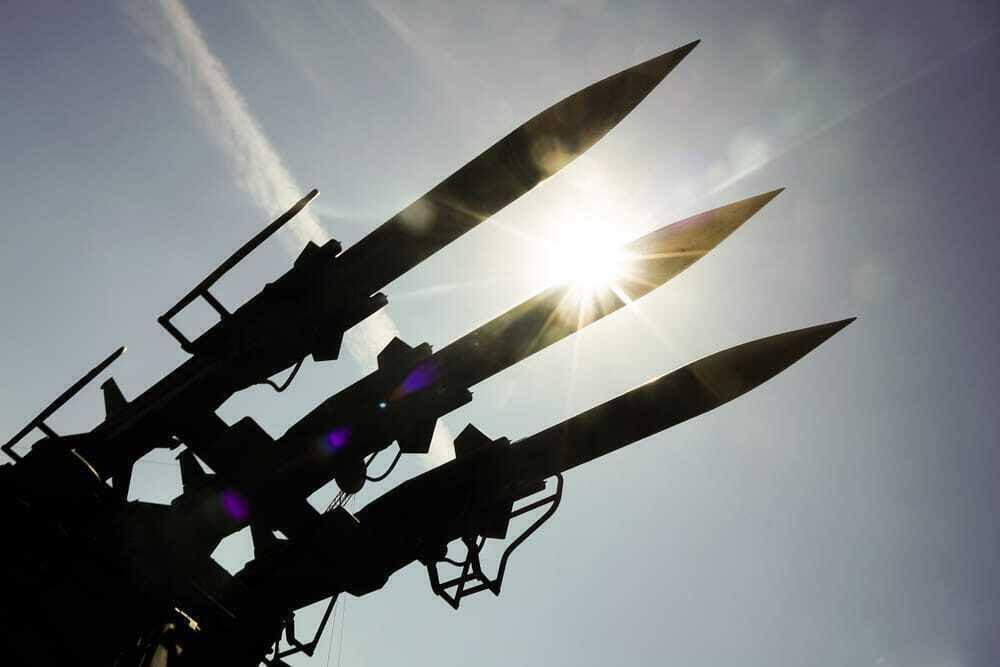
Strategic significance
Developing a system capable of verifying warheads without leaking sensitive data opens a new avenue for arms control mechanisms, which have stalled due to a lack of trust between nuclear powers.
Against the backdrop of China's rapid expansion of its nuclear arsenal – from approximately 500 warheads in 2024 to over 1,000 by 2030 (according to a US Department of Defense report) – this technology could help Beijing demonstrate transparency and enhance the credibility of its deterrence system. If widely adopted, this technology could spur next-generation arms control treaties, where AI becomes an intermediary tool replacing traditional observers.
Furthermore, in combat situations, the ability to distinguish between real and decoy warheads enhances interception effectiveness and reduces the risk of being outmaneuvered by "decoy" tactics.
Russia is cautiously observing and harboring concerns, the US is worried, and the world is watching.
Although there has been no official announcement, Russian media outlets such as RIA Novosti, TASS, and iXBT have shown considerable interest in this development. While Russian media largely report objectively, military forums like VOZ have questioned whether this AI can target Russian warheads, given that the US – China's main rival – uses very few decoys in its warhead designs.
Meanwhile, Russia is also accelerating the modernization of its nuclear forces, deploying Yars missiles and developing high-altitude missile defense systems such as the S-550. China's breakthrough in AI-based warhead verification could prompt Moscow to reassess its deterrence and defense strategies, particularly in the context of a multilateral nuclear crisis.
The U.S. intelligence community has repeatedly warned about the pace of China's nuclear modernization. In addition to intercontinental ballistic missiles like the DF-41, Beijing is building hundreds of new silos in desert regions – demonstrating its ambition to become a nuclear superpower capable of deterrence on par with the U.S. and Russia.
The addition of an AI-powered warhead verification system to the nuclear strategy has sparked both anticipation and caution among international analysts. Expectations are high that this technology can create an objective verification mechanism, but concerns remain about the potential for AI militarization and the ethical risks of delegating life-or-death decisions to machines.
Existing challenges
Despite its great potential, China's AI technology for verifying warheads still faces many challenges.
Currently, the system only operates on numerical simulations and has not been verified in real-world scenarios. Practical application requires multi-stakeholder testing and international recognition.
Even though the system doesn't collect warhead designs, other parties may still have concerns about the AI's potential for being "malware-infected" or misused.
When AI becomes involved in strategic decisions – such as assessing whether a warhead is real or fake – the questions of human oversight and legal accountability become more pressing than ever.
China's announcement of AI technology for verifying nuclear warheads is a significant milestone in the integration of artificial intelligence into global security. If validated and widely recognized, this technology will not only change the approach to arms control but also create a new standard for "smart deterrence" in the digital age.
However, given the potential risks to security, transparency, and ethics, the international community needs to closely monitor and develop appropriate AI control mechanisms before this technology becomes a double-edged sword in the global geopolitical landscape.

Source: https://vietnamnet.vn/trung-quoc-cong-bo-he-thong-ai-dau-tien-tren-the-gioi-xac-minh-dau-dan-hat-nhan-2406724.html














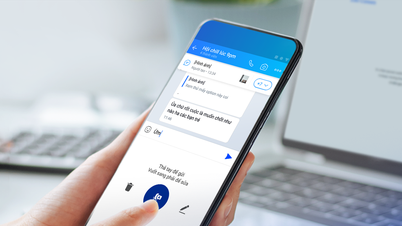






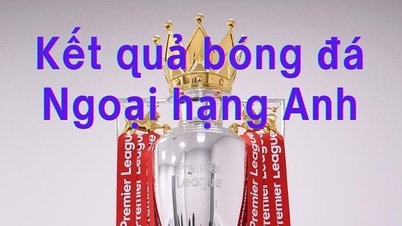





























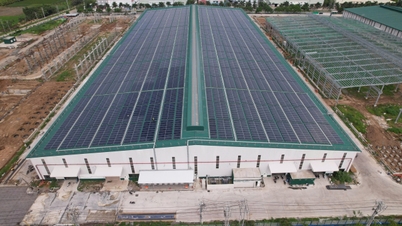


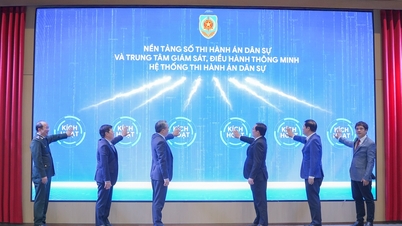







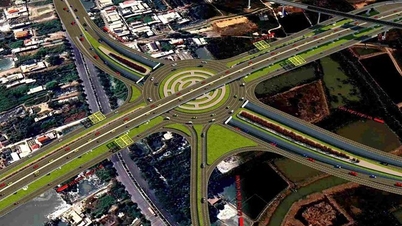
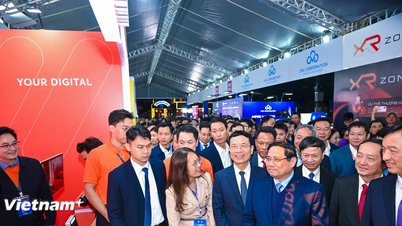

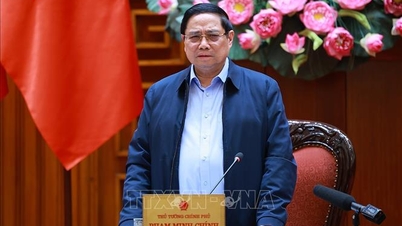






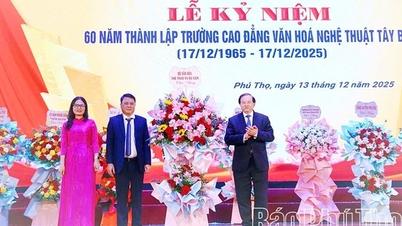


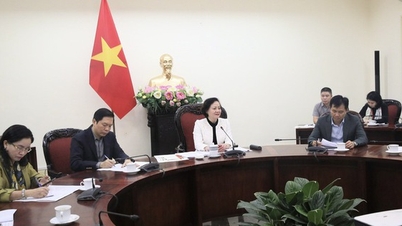
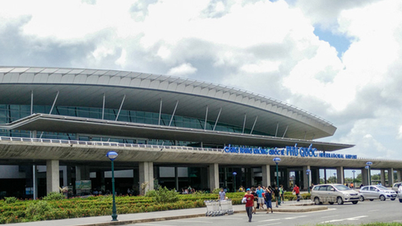
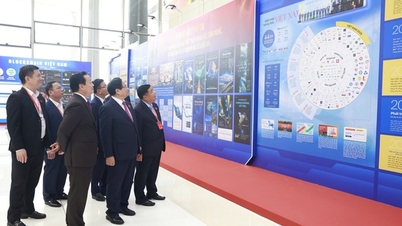



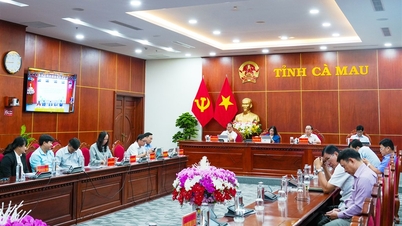
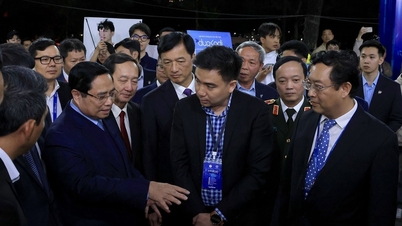

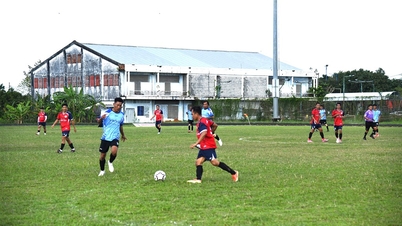





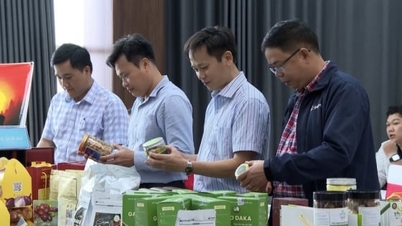









Comment (0)